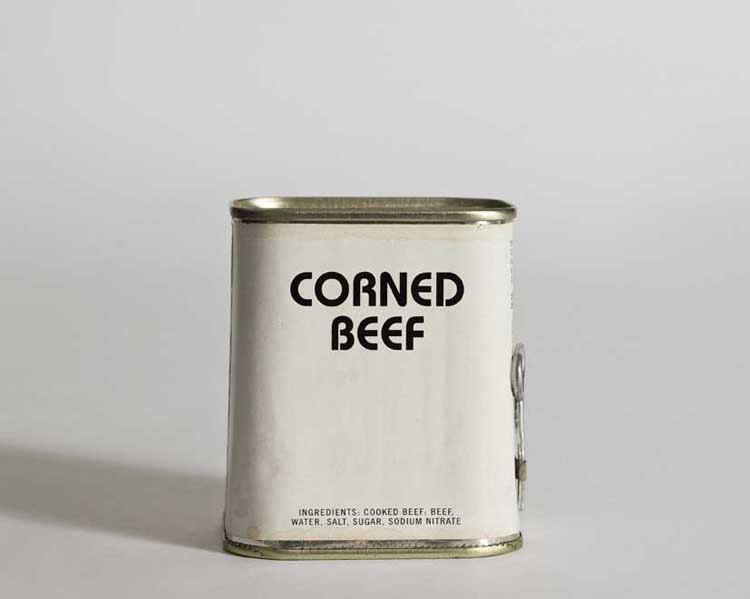
Generic products were everyday household items that appeared in supermarkets in the late 1970s across the United States. The typical package design was a white label with black text merely identifying the contents. The idea was that by eliminating all design, marketing, and advertising costs, the savings could be passed directly onto the consumer. Regional factories and distributors, often powered by a unionized work force, supplied these generic items to their local supermarkets. The generic items occupied an aisle of their own and were 25-45% cheaper than their branded counterparts. Shopping in the generic section was considered somewhat of a stigma and I have yet to find anyone who will admit to it. By the end of the 1980s with the rise of the mega-grocery chains, the plummeting price of color printing, and the increasing importance of branding and design as business tools, supermarkets replaced generic brands with their own in-house store brands that mimicked the look and feel of their branded counterparts and which were placed right next to them on the same shelf.
Generic Corner focuses on this once widespread, now mostly forgotten phenomenon in consumer culture. The installation brings together a series of still life product photographs, a text panel, and a display of vintage generic products on white plinths.
Generic Corner (2015-ongoing), photographs, text panel, plinths, objects
Installation dimensions variable